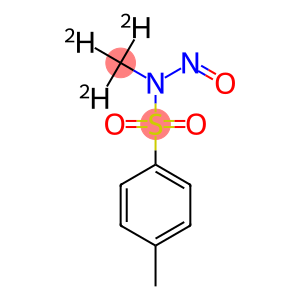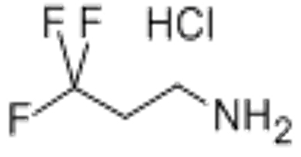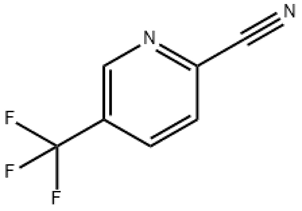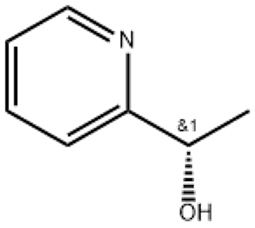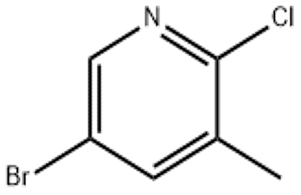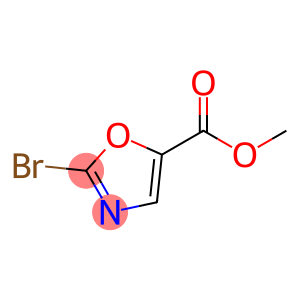dec-1-yne (CAS# 764-93-2)
| Hazard Symbols | Xi – Irritant |
| Risk Codes | R10 – Flammable R37/38 – Irritating to respiratory system and skin. R41 – Risk of serious damage to eyes R51/53 – Toxic to aquatic organisms, may cause long-term adverse effects in the aquatic environment. |
| Safety Description | S26 – In case of contact with eyes, rinse immediately with plenty of water and seek medical advice. S39 – Wear eye / face protection. S60 – This material and its container must be disposed of as hazardous waste. S61 – Avoid release to the environment. Refer to special instructions / safety data sheets. |
| UN IDs | UN 3295 3/PG 3 |
| WGK Germany | 3 |
| FLUKA BRAND F CODES | 10-23 |
| TSCA | Yes |
| HS Code | 29012980 |
| Hazard Class | 3 |
| Packing Group | III |
Introduction
1-Decyne, also known as 1-octylalkyne, is a hydrocarbon. It is a colorless liquid with a strong pungent odor at room temperature.
Properties of 1-Decyne:
Chemical properties: 1-decyne can react with oxygen and chlorine, and can be burned when heated or exposed to open flame. It slowly oxidizes with oxygen in the air in sunlight.
Uses of 1-Decyne:
Laboratory research: 1-decyne can be used in organic synthesis reactions, e.g. as a reagent, catalyst and raw material.
Preparation material: 1-decyne can be used as a feedstock for the preparation of advanced olefins, polymers and polymer additives.
Preparation method of 1-decyne:
1-Decyne can be prepared by 1-octyne dehydrogenation. This reaction is generally carried out using an appropriate catalyst and high temperature conditions.
Safety information of 1-decanyne:
1-Decyne is highly volatile and flammable. Contact with open flames and high-temperature substances must be avoided.
Appropriate precautions should be taken when using and storing 1-decynyne and avoiding inhalation, ingestion, or skin contact.
Relevant safety protocols should be followed when handling 1-decyne, such as in a well-ventilated area, and personal protective equipment such as gloves, goggles, and protective clothing.



